Just an hour north of Phoenix, Montezuma Castle is one of many stunning samples of Southern Sinagua architecture in Arizona. With a towering cliff pueblo and fascinating natural well nestled among cottonwood trees along Beaver Creek, this National Monument is the perfect stop on the way to the Valley of the Sun.
Checking in at the Visitor Center
Like all visits to NPS sites, we started at the Visitor Center. With a small parking lot, I was definitely happy we didn’t bring the motorhome. Here we learned that the $10 seven-day pass also covers Tuzigoot National Monument 25 miles west in Cottonwood. The kids grabbed their Junior Ranger activities, and we headed out the back doors toward the ruins. Fun tip: Due to the incredible temps in the Arizona summer, Montezuma Castle encourages dog owners to bring leashed furry children and join the Bark Ranger program:)
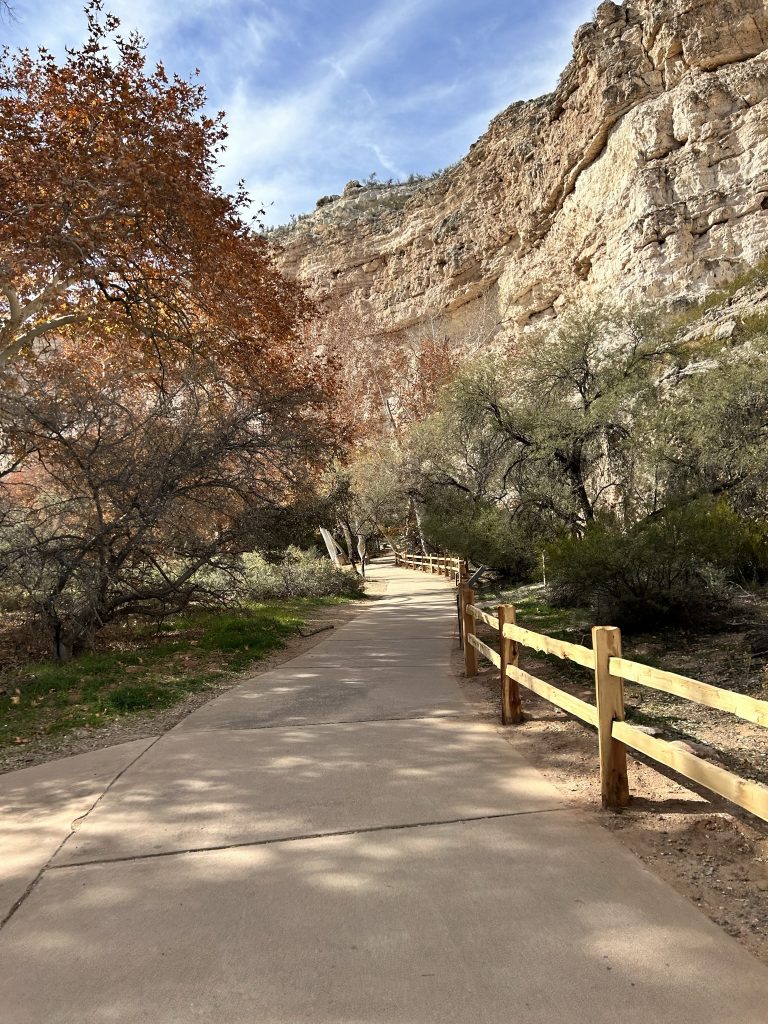
Super accessible monument
While many trails really make you work for the view, the main structure of Montezuma Castle is a few quick steps from the Visitor Center. Built an imposing 100 feet into the southern facing cliffside, it provided residents with ecological and strategic safety, stunning views and climate control. Ladders originally provided inhabitants and visitors access to the 20-room structure. But after realizing the 1000-year-old structure couldn’t withstand constant tourism, the ladders were removed in 1951, and the monument became a view only attraction.
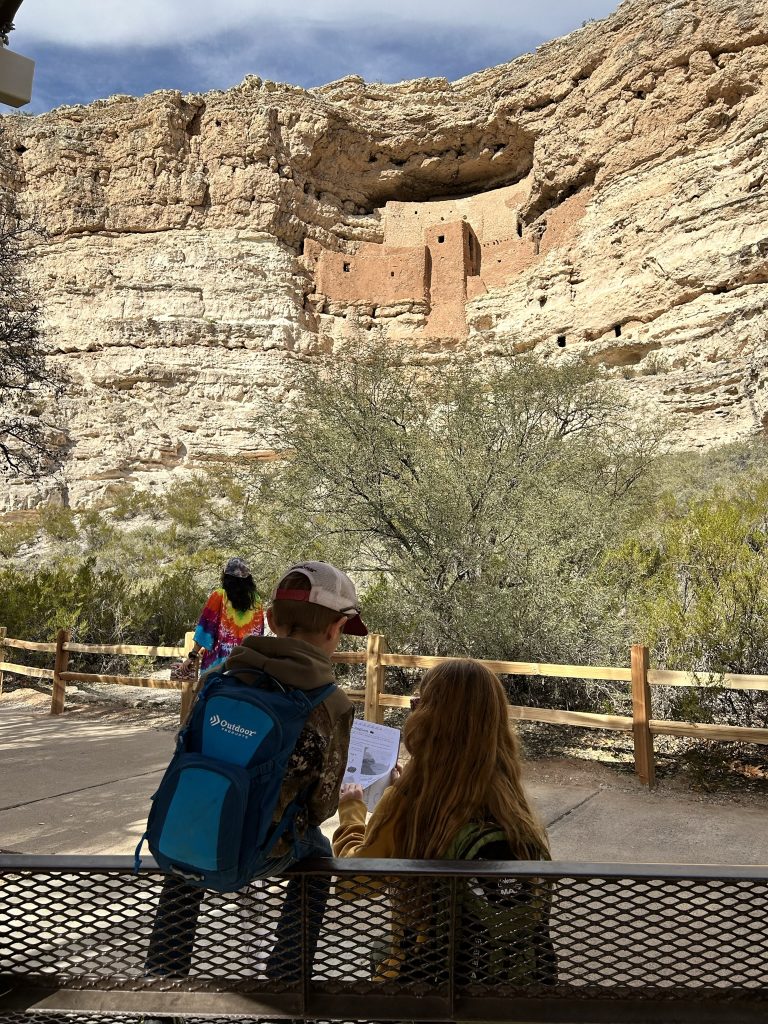
Beyond the main structure the path continues past several smaller abodes built into the sandstone walls. Much like Walnut Canyon National Monument near Flagstaff, the number of structures at the site grew with the population. Be on the lookout for squirrels and birds taking advantage of the huge trees and ample water.
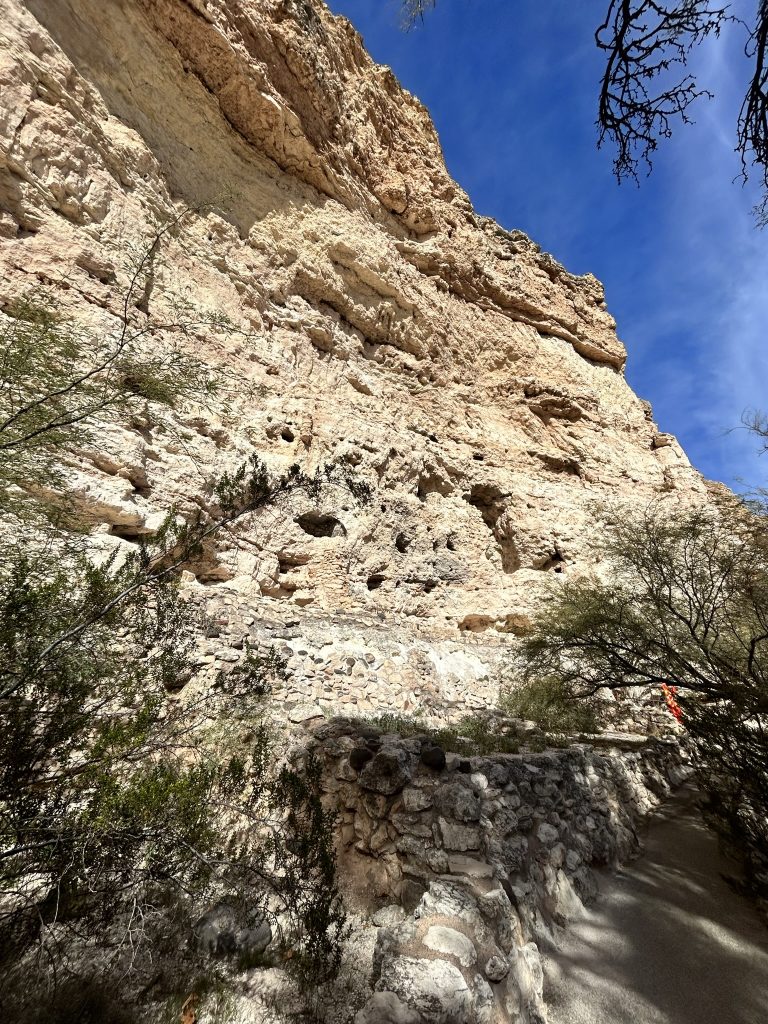
Taking in the creek
Located at the far end of the trail loop, Beaver Creek has provided water to the area’s inhabitants for thousands of years. The flat grounds occupied by current pathways would have flooded seasonally with snowmelt runoff providing three sisters gardens of beans, corn and squash nutrients to flourish. Spring water from the nearby Montezuma Well maintains the creek through the rest of the year, ensuring drinking and irrigation water for the town.
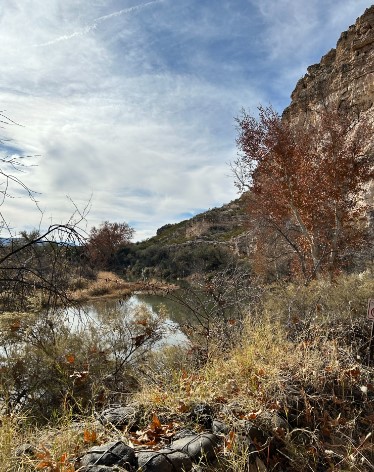
After taking our fill of stunning pictures and reading all the signs, we wandered back to the visitor center. Prompted by Junior Ranger activities, we perused the small exhibit of known details about the Southern Sinagua people. Like many neighboring tribes of their time, evidence shows they began as pit house dwelling people who developed into adobe builders. Tribes traded goods and knowledge with settlements scattered across the southwest resulting in a stunningly complex life with tools, trinkets and toys.

Montezuma’s Well
After stamping our passports and receiving Junior Ranger Badges, we took the short drive north to Montezuma Well. Our favorite site of the day began with a short stair climb from parking lot revealing a panoramic sinkhole worthy of an “Ohh, ahh”. Fed by groundwater through spring vents 55ft below the surface, this site has been a constant source of water for over a millennium. Local legends state that objects emerging from the vents cannot return, a fact verified by dive teams in 2006.

After marveling at the dwellings nestled into the top of the well, we descended into the basin. Surrounded by giant boulders and surprising vegetation, this section of trail a has fallen city vibe. We were surprised to learn that the well is devoid of fish but full of leeches, apparently providing a snack to the many ducks enjoying a bath. After locating the outflow seam at the bottom, we eagerly retraced the path to the top in search of the outflow on the other side.
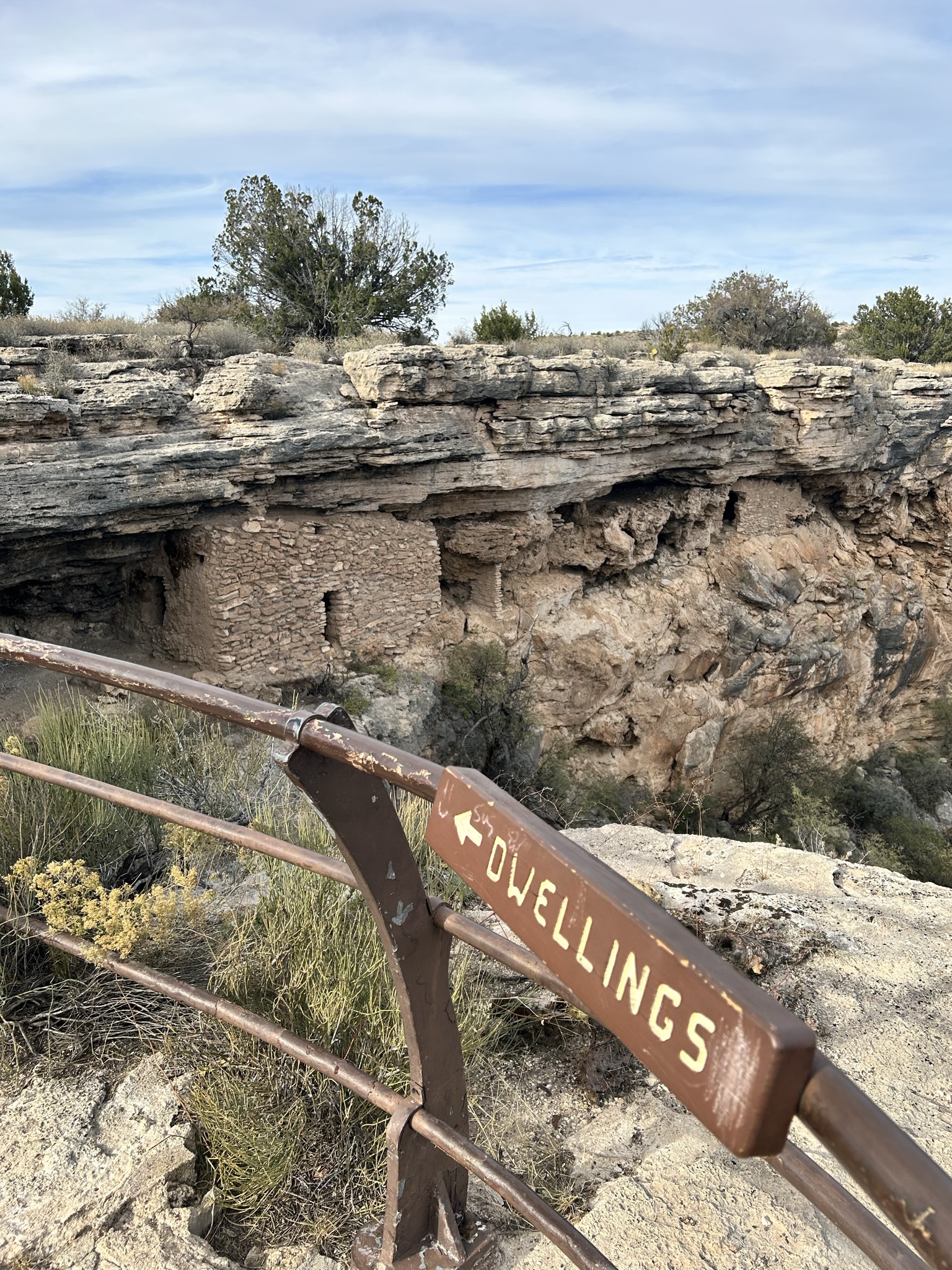
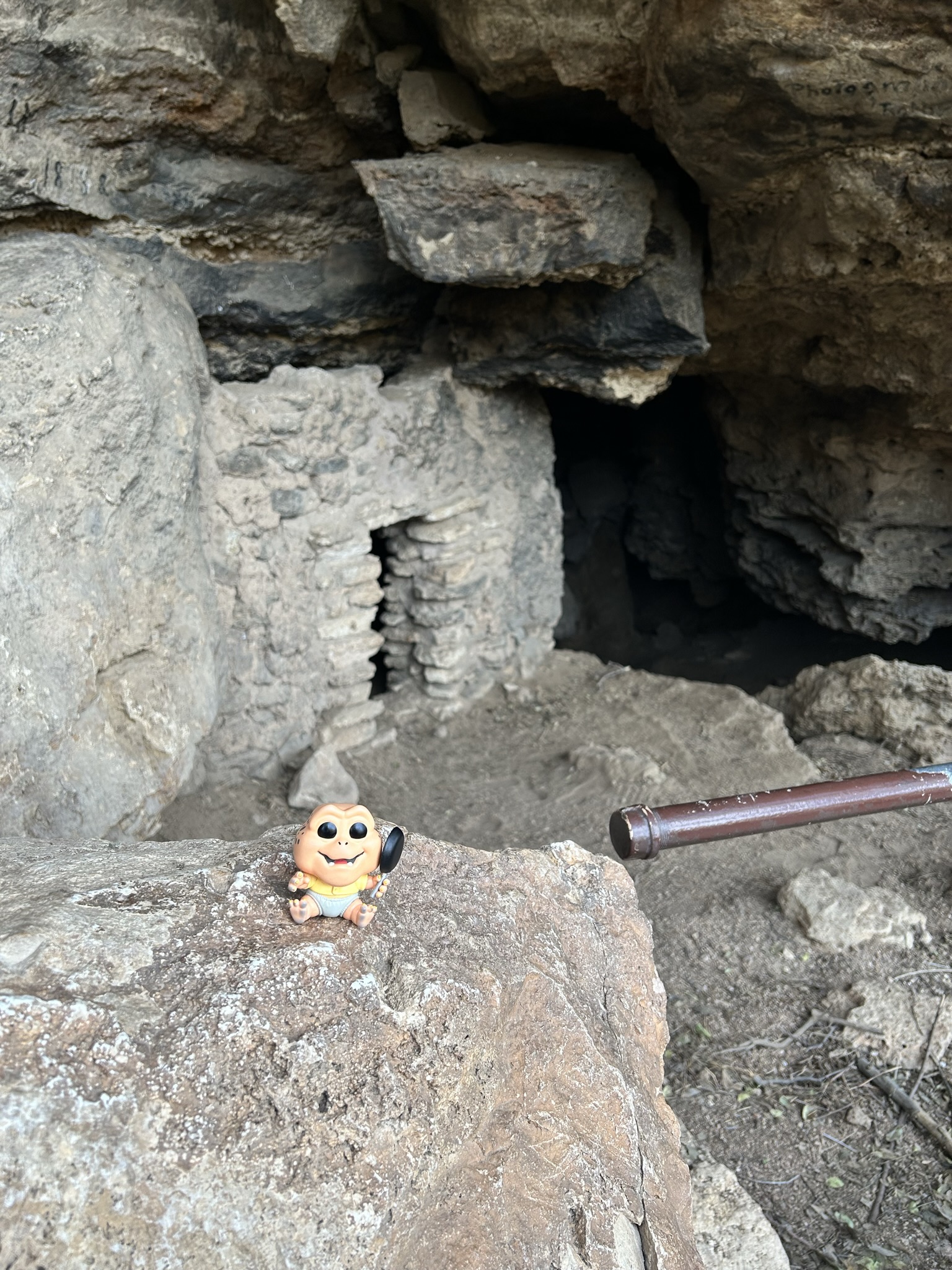
Checking the outflow
After traveling about 150ft through the travertine well wall, the spring water merges with Wet Beaver Creek. The irrigation canal adjacent to the path follows the same footprint used by the Southern Sinagua people for hundreds of years. We had a blast racing leaves and sticks in the fast-flowing water before wandering the path back to the car in search of some snacks in Camp Verde.
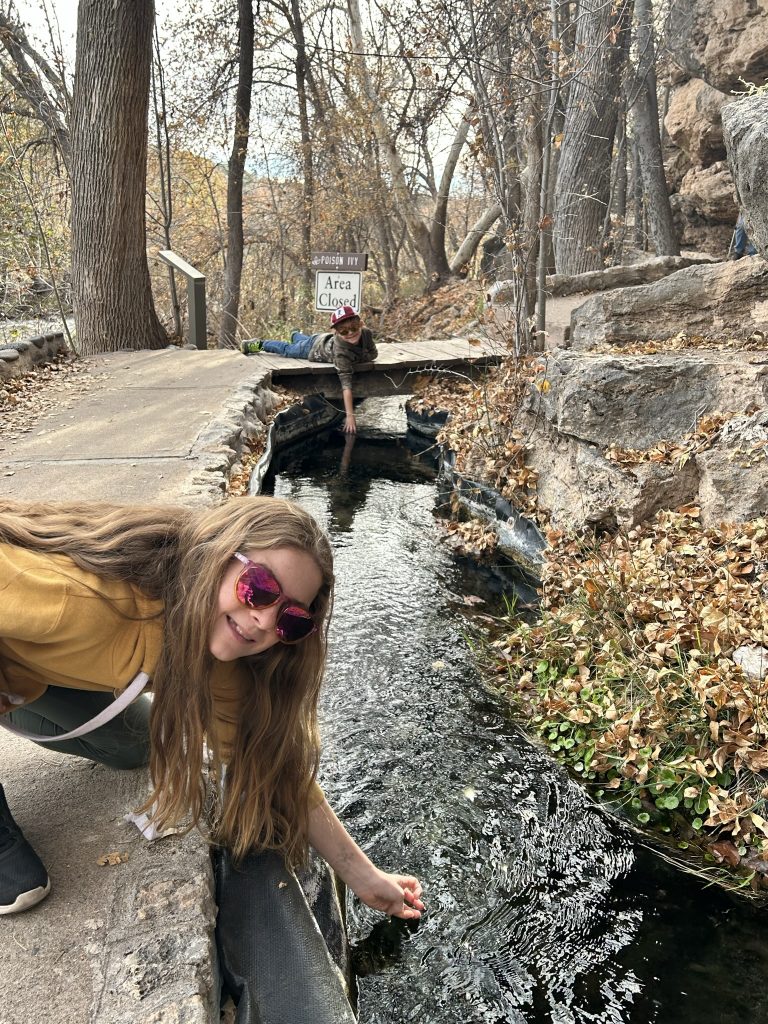
Looking for more adventure?
Looking for more adventures? Check out our favorites in Camp Verde and Arizona. Have you been to Montezuma Castle? Share your adventures in the comments.



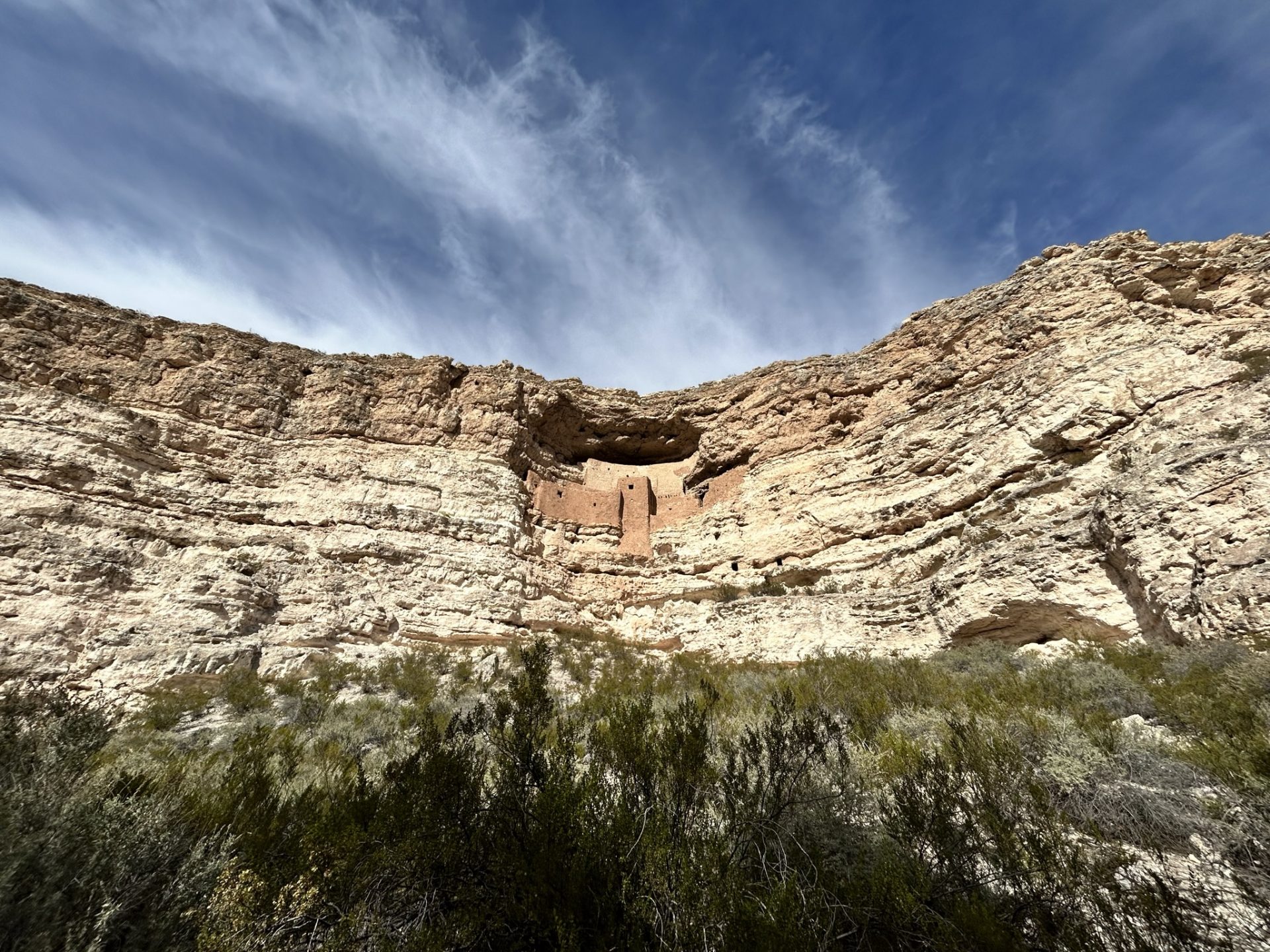

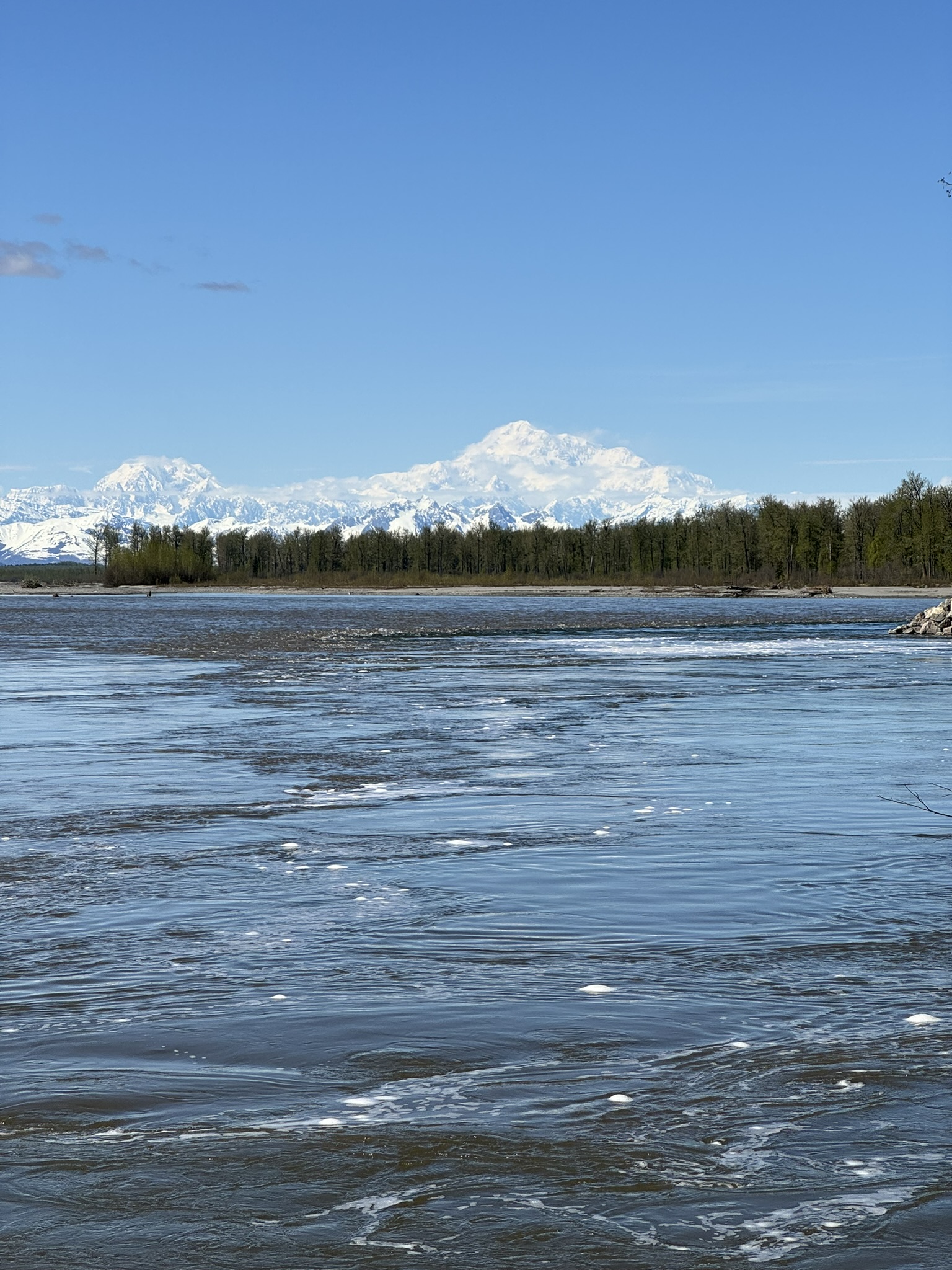

Leave a reply